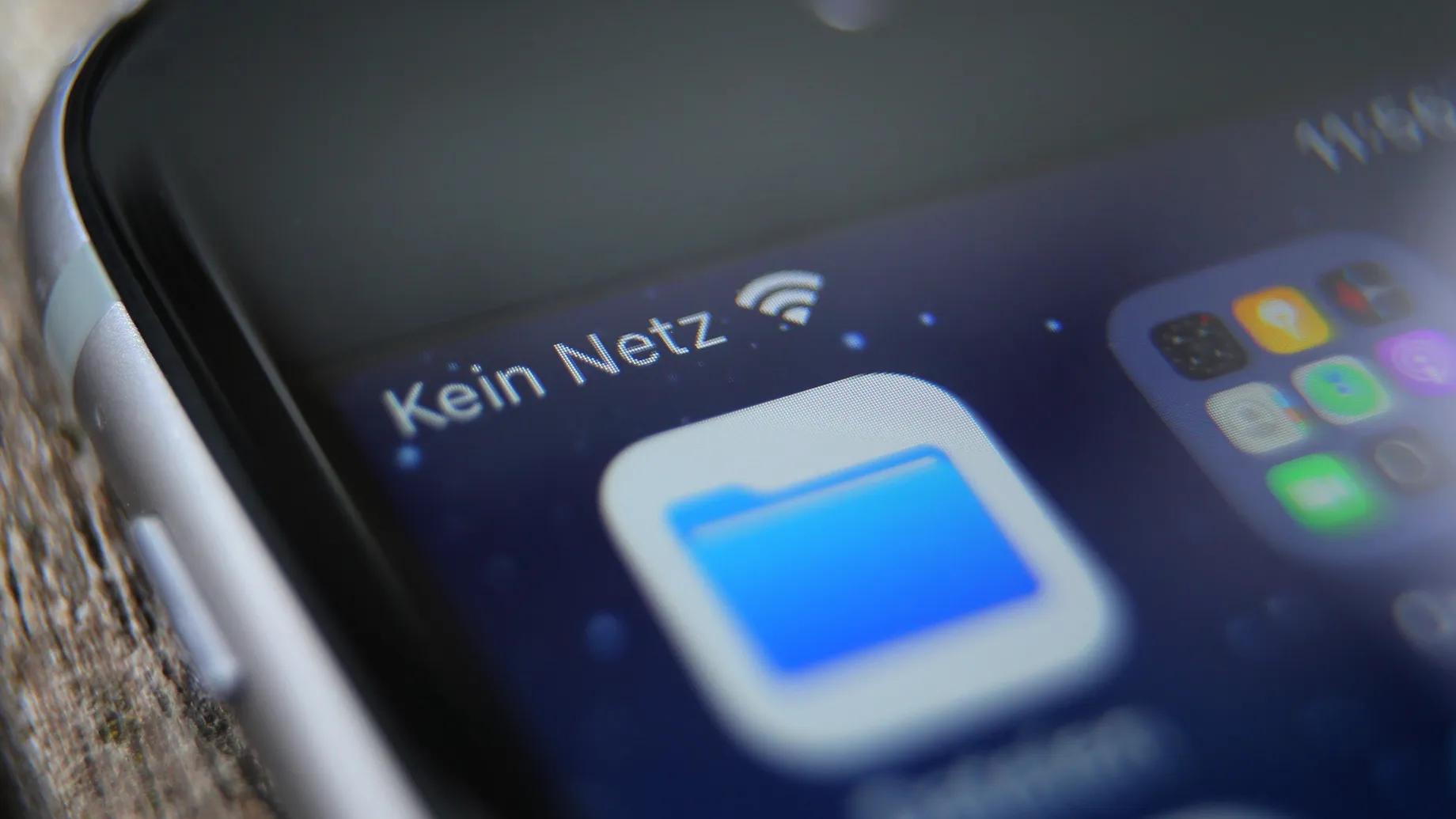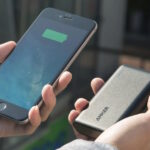In today’s interconnected world, constant mobile phone reception and reliable internet access are often viewed as fundamental necessities, much like utilities such as running water or electricity. Yet, despite Germany’s advanced infrastructure, seamless mobile connectivity isn’t a universal reality.
Many rural areas, in particular, still experience frustrating “dead zones” where mobile phones suddenly lose signal, making it impossible to call or access online services. To precisely pinpoint these remaining gaps in the country’s mobile networks, federal, state, and local governments are launching a crucial initiative: the “Mobile Network Measurement Week.”
Running from Monday, May 26, to Sunday, June 1, 2025, this campaign actively seeks public participation through a dedicated smartphone app, aiming to crowdsource vital data for improved nationwide coverage.
Understanding Germany’s Connectivity Challenges: “Grey” and “White” Spots
The German Federal Network Agency, known as the Bundesnetzagentur, uses specific classifications to describe areas with inadequate mobile coverage. These terms help to define the varying degrees of connectivity challenges across the nation.
“Grey Spots”: Partial Provider Coverage
Approximately 14 percent of Germany’s total land area falls under the classification of “grey spots.” These are regions where mobile internet services are available from at least one network provider, but not all of them. For instance, a particular area might have a stable 4G or even 5G signal from one carrier, but another carrier’s users might experience no service at all.
This means that while basic LTE reception might be present in these areas, it’s not universally accessible across all mobile providers. This scenario can lead to frustrating inconsistencies for residents and travelers who might switch networks or use different providers. It also highlights a disparity in service availability depending on individual mobile contracts.
“White Spots”: Complete Absence of Modern Networks
More concerning are the “white spots,” which constitute 2.1 percent of Germany’s landmass. In these areas, there is a complete absence of modern mobile networks (4G or 5G). While some “white spots” might still offer basic voice calls through older 2G technology, many are entirely offline.
This means no mobile internet, no reliable voice calls, and often, no emergency communication unless fixed-line services are available. These “white spots” represent significant challenges for rural development, emergency services, and basic social connectivity, highlighting a persistent digital divide within the country.
The “Mobile Network Measurement Week”: A Call to Action
To gather precise, real-world data on these network deficiencies, the “Mobile Network Measurement Week” relies on the collective efforts of the German public.
A Collaborative Data Collection Initiative
Beginning on May 26, 2025, this initiative is a collaborative endeavor involving federal ministries, state governments, and local municipalities. Their primary objective is to obtain a highly accurate and granular understanding of the current condition of mobile networks throughout Germany. Federal Digital Minister Karsten Wildberger emphasized the importance of this crowdsourced data. He hopes that this comprehensive collection will enable authorities to “act faster” in addressing identified gaps.
He stated, “Together, we are compiling an up-to-date picture of network availability – and thus the data basis for better mobile coverage everywhere.” This joint approach leverages the widespread use of smartphones to generate a dynamic and current map of network availability.
How Citizens Can Contribute: The Broadband Measurement App
The success of the “Mobile Network Measurement Week” hinges entirely on widespread citizen participation. Individuals are strongly encouraged to download, install, and actively use the official Broadband Measurement app on their smartphones. This app is available for free on both Android smartphones and iPhones, ensuring broad accessibility.
The application, which has been in use since 2018, collects data that directly contributes to the Bundesnetzagentur’s “mobile dead zone map.” This map visually represents mobile network quality across Germany, making complex data easily understandable.
The Bundesnetzagentur has proactively addressed potential privacy concerns regarding the collected data. They assure participants that all transmitted data is anonymized, meaning it cannot be traced back to individual users or used to create personal movement profiles. This commitment to data privacy is crucial for encouraging broad participation and trust in the initiative.
Klaus Müller, President of the Bundesnetzagentur, expressed his strong hopes for significant public engagement. “If many people use our app, their data can well document mobile coverage,” he noted. “With the results, we can better assess the local situation.” The website “Deutschland checkt sein Netz” (Germany checks its network) offers extensive FAQs and background information on the campaign.
It specifically highlights the value of data collected in rural areas, encouraging users to run the app “especially during walks, hiking trips, or a tour through the forest,” as these are often the very locations where “white spots” and “grey spots” persist.
App Functionality and Data Efficiency: Maximizing Contribution
To ensure effective participation in the “Mobile Network Measurement Week,” understanding the app’s specific functions and their impact on data usage is important.
Choosing the “Record Dead Zones” Feature
The Broadband Measurement app offers different functionalities. While the “Start Broadband Measurement” option provides a snapshot of current network performance, it’s not the primary tool for this initiative. To actively contribute to mapping network gaps, users must select the “Record Dead Zones” (Funklöcher erfassen) function.
This mode continuously and regularly measures data related to the mobile network as you move, providing a more comprehensive picture of coverage over an area. Selecting this option is fundamental for generating the valuable data needed for the campaign.
Minimal Data Consumption for Continuous Monitoring
A significant advantage of the “Record Dead Zones” function is its remarkably low data consumption. Unlike the “Broadband Measurement,” which utilizes the full available bandwidth for a single test (potentially consuming significant data, especially on faster connections, and incurring high roaming costs abroad), the “Record Dead Zones” feature is designed for efficiency. The Bundesnetzagentur explicitly states that it consumes “only minimal mobile data” because it transmits “small result datasets.”
Furthermore, the app is intelligently designed to manage data transmission. If the mobile network signal is weak or non-existent (in a dead zone), the collected data is stored locally on the device. It is then transmitted later, when a stable internet connection becomes available, such as when the user connects to a Wi-Fi network.
This clever design ensures that users can participate without worrying about exceeding their monthly data allowances or incurring unexpected charges, even when actively exploring areas with poor coverage. This commitment to data efficiency is key to encouraging widespread and continuous participation throughout the “Mobile Network Measurement Week.”








